Gibraltar's Secret Wars
Abwehr Operations in Gibraltar during World War II
This is an account of the operations launched by the Abwehr against Gibraltar during World War II. While Italian actions against Gibraltar received more attention, German efforts included sabotage and limpet-mine attacks conducted by Spanish and Gibraltarian agents. The Abwehr recruited these agents in Campo de Gibraltar. As ever in history there are two (or more) sides to a story.
By Nick Nutter on 2024-03-29 | Last Updated 2025-05-19 | Gibraltar's Secret Wars
This article has been visited 3,543 times

Crossing the runway into Gibraltar. The route taken by hundreds of Spanish workers on a daily basis
Spanish and Nazi intelligence activities
Spain was nominally neutral during World War II, though under General Franco's far-right Nationalist regime it was politically aligned with Nazi Germany. Spain did not actually join the Axis side but it collaborated with the Nazis in many areas. The Spanish intelligence service had a close working relationship with its German opposite number, the Abwehr.
The two countries had common interests in Gibraltar. Spain had long claimed ownership of the territory, which had been held by Britain since 1704, and Germany wanted to break Britain's control of the vital Straits of Gibraltar to secure naval access to the Mediterranean. It was clear that Gibraltar's naval dockyard and airfield would be high-priority targets in the event of war.
The Abwehr had bases on both sides of the Straits, in Tangier and elsewhere in Spanish-ruled Morocco as well as in Algeciras on the opposite side of the Bay of Gibraltar. The Germans were thus able to monitor Allied shipping movements into and out of the Mediterranean. There was also a large Abwehr station in Madrid, which supervised sabotage operations against the Rock undertaken locally from the Algeciras office.
The Spanish intelligence service also had a strong presence along the coast between Gibraltar and Algeciras, where it had a regional HQ.
The Spanish and German intelligence services often actively collaborated against Britain. Both had recruited local (mostly Spanish) agents, many of whom were fanatically anti-British. One of the few factors in the Defence Security Offices (DSO) favour was the support that it received from a number of anti-Franco Spaniards. They had opposed Franco's Nationalists during the Civil War of the 1930s, had survived the post-war purges, and were now fervently anti-Nazi.
Do you enjoy my articles? For your reading pleasure, this website does not carry third party ads. You could help me write more articles by buying me a cup of coffee.
Abwehr Order of Battle
Admiral Wilhelm Franz Canaris
Axis sabotage operations against Gibraltar were orchestrated by the German military-intelligence service for the Reichswehr and the Wehrmacht, known as the Abwehr, under the command of Admiral Wilhelm Franz Canaris in Berlin.
Sonderfuhrer Hans Krueger
In Spain, Abteilung II of the Abwehr was led by Sonderfuhrer Hans Krueger at KO Spanien (an organized army dedicated to espionage, it had 2000 agents distributed in 38 Spanish cities). Krueger was based in Madrid.
Major Karl-Erich Kuhlenthal
Major Karl-Erich Kuhlenthal was one of the most senior Abwehr agents in Spain during World War II. He arrived in the Gibraltar area in early 1943 after Berlin demanded an increase in sabotage operations. Kuhlenthal's reports were well received in Berlin, albeit that (from a British point of view) according to Ben McIntyre in his book 'Operation Mincemeat,' Kuhlenthal was so easily duped that he "was the ideal spy to pass (dis)information, because he was worse than useless".
Fritz Hummel
The Abwehr agent on the ground was Fritz Hummel who served as the head of Section II of the KO Spanien responsible for carrying out sabotage operations against the British fortress of Gibraltar from the end of 1941 until February 1944. As well as being an Abwehr agent, Hummel was also a trained combat swimmer.
Friedrich Wolfgang Blaum
Upon his arrival in Spain, Hummel appointed Friedrich Wolfgang Blaum as his second-in-command. Blaum had arrived in Spain in October 1940. One of Blaum's many tasks was to ensure the Spanish saboteurs had a ready store of explosives.
Colonel Hans Joachim Rudolf
Colonel Hans Joachim Rudolf was based at Techuan in Morocco. He ran a string of agents through North Africa and managed to recruit a Portuguese spy called Manoel Marques Pacheco.
Manoel Marques Pacheco
In late 1941, Manoel Marques Pacheco was recruited by Colonel Hans Joachim Rudolf to recruit agents to spy in Gibraltar and was given a considerable sum of money to facilitate the recruitment. Pacheco became an informant for the DSO (see Counter Espionage Gibraltar WWII).
Jose Estelle Key
Jose Estelle Key was a Gibraltarian living in La Linea. He was recruited by Manoel Marques Pacheco to obtain naval intelligence from dockyard workers. Pacheco subsequently betrayed him to the DSO (see Counter Espionage Gibraltar WWII).
Lieutenant Colonel Eleuterio Sanchez Rubio
Lieutenant Colonel Eleuterio Sanchez Rubio, a Spanish staff officer in the Spanish government's 'Straits of Gibraltar Information Service', and a member of Falange, was contacted by the Abwehr to establish a network of saboteurs with access to Gibraltar.
Emilio Plazas Tejera
Sanchez Rubio appointed Emilio Plazas Tejera, another Falange member, as the organization's operations chief. Plazas Tejera was responsible for recruitment and planning attacks. Most recruits for the sabotage operations were Spaniards from the Campo region. A mix of financial incentives, ideological loyalty, and, to some extent, threats and intimidation were used to secure a sizable number of agents. British intelligence estimated that at least 183 Spaniards and Gibraltarians participated in espionage and sabotage activities against Gibraltar.
Plazas Tejera was given a free hand to access and distribute the explosive devices stockpiled by Blaum. On at least two occasions, the explosives used in sabotage operations were filched from military stores on Gibraltar.
Carlos Calvo Chozas
In early 1943, Plazas was replaced by Carlos Calvo Chozas, an ex Spanish army officer. Calvo Chozas volunteered to supply information about the Plazas group to the DSO on Gibraltar. He was given the codename BRIE (see Counter Espionage Gibraltar WWII).
Juan Jose Dominguez Munoz
After joining the Falange, Juan Jose Dominguez Munoz fought in the Civil War and reached the rank of second lieutenant. Post-war, he became the National Sports Inspector of the SEU, a position that granted him the freedom to move throughout Spain.
He was recruited by Plazas Tejera and became one of the sabotage groups most active members. He also became the first counter-sabotage double-cross on Gibraltar with the codename SUNDAE.
Dominguez, according to his service record, which is stored in the General Military Archive of Avila, had participated in Seville, alongside Sanchez-Plaza, in the unsuccessful Sanjurjo uprising. On the 25th July 1942 Juan Jose Dominguez Munoz took a prominent role in the attempted assassination of the then Spanish Minister for War, General Varela, an event known as the Begona Bombing. Dominguez was executed on the 1st of September 1942. On the eve of his execution, Hitler awarded him the Cross of the German Eagle, the highest Nazi medal for foreigners.
Abwehr Tactics
The Abwehr preferred quantity to quality. If they could send lots of reports to Admiral Canaris in Berlin to the effect that a large group of saboteurs and agents were beavering away, gathering intelligence, no matter how flimsy, and infiltrating the Rock armed with explosives, no matter how successful, then they were satisfied. Of course, they expected the occasional 'bang' for their buck.
Infiltrating saboteurs into Gibraltar was easy. They simply joined the eight thousand Spanish workers that flooded across the frontier every day.
After his capture, one saboteur, Luis Lopez Cordon-Cuenca described how explosives could be brought into Gibraltar. When one agent suggested hiding them in lemons, oranges or cabbages, Cuenca answered: "No, it is easiest in bananas."
The Abwehr often suffered from a lack of communication between themselves and between themselves and their Spanish co-conspirators, leading to situations where the left hand did not know what the right hand was doing. The case of Colonel Hans Joachim Rudolf and his agent Manoel Marques Pacheco is just one such occasion.
Spy Row
To monitor goings on on Gibraltar, German intelligence officers set up camp in the villas Leon, San Luis, Isabel, and Haus Kellerall on the coast road between Algeciras and La Linea. From there they were able to observe the formidable defences of the Rock and spot any explosions caused by their saboteurs. The road became known as 'Spy Row'. In the town of La Linea, the Spanish commander's office was used to observe the northern defences, and the western face of the Rock was watched from the Punta Carnero lighthouse.
Start of Abwehr Operations
According to historical records, Nazi Germany ordered sabotage operations against Gibraltar in the late autumn of 1940. However, these attacks, orchestrated by Juan Jose Dominguez Munoz, did not begin until early 1941 and faced initial failures. The first effort to smuggle a bomb into Gibraltar was thwarted due to a faulty timing device.
Later operations in February and April resulted in explosions at the North Tunnel and near the airfield, but without achieving any significant damage.
British intelligence managed to foil another sabotage attempt in June 1941, when a German agent planned to attach a mine to an Allied cargo ship. A twenty-five kilogramme mine was concealed in a shed in Puente Mayorga, with the intention of targeting a nearby ship. However, the mine was discovered by SIS agents.
Emilio Plazas Tejera began his activities in late 1941, but his first mission also failed. According to Hummel, Juan Jose Dominguez Munoz participated in the attempted sabotage against the tanker Blossom, using five kilograms of British-made plastic explosive with its corresponding detonator, which were hidden in a box of eggs that was transported on a ferry anchored in Algeciras. The box was discovered by Spanish customs agents, who detonated it on the dock.
Another attempt by the Spanish agent, Plazas Tejera, failed due to the inability to prime the explosives placed in an ammunition store.
First Sabotage Successes
The year 1942 marked a shift in Abwehr fortunes, with the first successful sabotage operation in January. Two Spanish agents managed to destroy two aircraft at the North Front landing strip.
On the 18th of January 1942, saboteurs sank the British armed trawler HMT Erin and destroyed the auxiliary minesweeper HMT Honju in an operation resulting in the deaths of an officer and six ratings. The saboteurs were aided by Spanish naval commander Manuel Romero Hume of Puente Mayorga, who allowed them to land a rowboat. Unbeknown to Hume, his wife, Larissa Svirsky de Romero, was an allied agent with the codename 'Queen of Hearts' (see Counter Espionage Gibraltar WWII).
Ramon Correa and Manolo Tapia, also members of the Plazas group, successfully placed a British mine with a detonator activated by corrosive acid in the water pump of a patrol boat in February 1942. The ship was sunk, and a nearby vessel was also damaged. Hummel, however, attributed this operation to Juan Jose Dominguez Munoz, who allegedly used Spanish workers employed in the shipyards, most of whom were residents of La Linea, to introduce the explosive material into the ship.
In March of the same year, three British patrol boats docked in the port of Gibraltar were attacked through the collaboration, once again, of a worker from La Linea. Two of them were seriously damaged, and the third sank. According to the British secret services, a Spanish agent, codenamed La Plaza, probably Emilio Plazas Tejera, had been responsible for purchasing the collaboration of the perpetrator of the attack by paying a substantial sum of money. A timer-activated depth charge was used in this attack.
Change of Leadership
By September 1942, authorities were closely monitoring the activities of Rubio and he resigned, leaving his second-in-command, Carlos Calvo Chozas, in charge . Late 1942 saw an order from German headquarters in Berlin to expand the sabotage operations. However, Juan Jose Dominguez Munoz had been executed in Bilbao on September 1, 1942, because of his involvement in the Begona Bombing, and the group of saboteurs lost one of its most active members.
The arrival of Major Karl-Erich Kuhlenthal, a more experienced Abwehr leader in early 1943 led to a resurgence of activity.
Later Sabotage Operations
In October 1942, Plazas successfully introduced a detonator that was used to explode an ammunition depot located within the fortress.
The airport was also targeted by saboteurs, and in January 1943, a small fuel tank burned due to the placement of an incendiary charge. (This may have been one of the fake explosions manufactured by the DSO to confuse the Abwehr. See Counter Espionage Gibraltar WWII)
According to Fritz Blaum, an agent named Galves (probably Carlos Calvo Chozas) managed to sink a submarine hunting ship using a British-made magnetic mine in early 1943. (This was also probably a controlled explosion organised by the counter sabotage team on Gibraltar to fool the Abwehr into thinking their Spanish sabotage agents were being effective. See Counter Espionage Gibraltar WWII.)
In January 1943, Carlos Calvo detonated an anti-aircraft position using plastic explosive, also of English manufacture. Blaum claimed that this operation was directed by Paciano Gonzalez, who was also a Calvo man.
In March 1943, an ammunition depot explosion carried out by Calvo's agents led to British suspicion and a ban on some saboteurs entering Gibraltar. The Abwehr sought new personnel through Calvo.
On June 30th, 1943, Jose Martin Munoz, a Spaniard working within Gibraltar, caused a fuel tank explosion at Coaling Island. Arrested in August while attempting to smuggle a bomb into a weapons storage magazine at Ragged Staff Cave, he was later executed in January 1944 in Gibraltar prison by British executioner Albert Pierrepoint. (For the full story see Counter Espionage Gibraltar WWII.)
End of Abwehr Operations in Gibraltar
By the summer of 1943, the gangs of saboteurs had been so successfully infiltrated by double and triple agents recruited by the Defence Security Office in Gibraltar that the DSO staff were able to obtain advance information of a pending attack, or a surrender of explosive devices by double agents commissioned to undertake acts of sabotage, in every case. After July 1943, there were no more successful acts of land-based sabotage on Gibraltar.
In 1943 the largest sabotage group suffered another setback when the Spanish police arrested and thereby neutralized Carlos Calvo Chozas. He would not stay imprisoned for long. By December, he was back with the Abwehr in Madrid, answering directly to Friedrich Wolfgang Blaum who led the sabotage unit in Spain.
Abwehr Operations in Spain
Although their attention was focused on Gibraltar, the Abwehr, through Section II of KO Spanien, also conducted operations within neutral Spain. After the Italian surrender on the 8th of September 1943, Section II torpedoed and sank several Italian ships anchored in the ports of Huelva, Cadiz, Cartagena, Barcelona, and Vigo to prevent them from falling into Allied hands.
One of the prominent members of Section II was Hans Walter Ritter, whose presence in Spain has been verified since November 1941. Ritter was arrested by the Spanish authorities while attempting to blow up the Italian ship Lavoro, and was expelled from Spain in December 1943. A report prepared by the DSO, in January 1944, considered him to be in charge of coordinating contacts with the Spanish army officers involved in the sabotage actions in Gibraltar.
In the summer of that year, the Germans also buried sabotage material in various areas of southeastern Spain, intended for use in the Allied rear in the event of an Allied landing in the Iberian Peninsula.
End of Abwehr Operations in Spain
It was not until January 1944 that a complete picture emerged of the German sabotage operations against Gibraltar, mainly from information supplied by a double agent with the callsign 'NAG'. A protest was made to the Spanish Government. By this time, Franco's attitude to Nazi Germany had begun to change as the tide of war turned decisively against Hitler. On 3 February 1944, the Spanish government issued a statement of "strict neutrality" in which it promised "the fulfilment of duties appertaining to such strict neutrality, both from Spanish nationals and from foreign subjects." The German intelligence operation in southern Spain was finally shut down.
The Best Guide to Gibraltar
First published in 2016, The Rock from Bottom to Top was due for an overhaul. We are pleased to publish a second edition on the 320th anniversary of Britain's capture of Gibraltar in 1704.
Completely updated with new images, stories, and anecdotes, Exploring Gibraltar is like no other travelogue or guidebook.
Exploring Gibraltar: The Rock from Bottom to Top is for anybody interested in the history, attractions, and culture of Gibraltar.

FREE to read on Kindle Unlimited, available as an Ebook download and full colour paperback.
References
Andrew, Christopher. The Defence of the Realm: the Authorized History of MI5. Toronto: Viking, 2009.
Bennett, Ralph. Ultra and Mediterranean Strategy. New York: Morrow, 1989.
Bristow, Desmond with Bill Bristow. A Game of Moles: the Deceptions of an MI6 Officer. London: Little, Brown, 1993.
Burdick, Charles. Germany's Strategy and Spain in World War II. Syracuse, NY: Syracuse University Press, 1968.
Crowdy, Terry. Deceiving Hitler: Double Cross and Deception in World War II. New York: Osprey Publishing, 2008.
Harris, Tomas & Mark Seaman. GARBO: the Spy who Saved D-Day. Toronto: Dundurn Press, 2004.
Kahn, David. Hitler's Spies: German Military Intelligence in World War II. Reprint Edition. New York: Da Capo Press, 2000.
Lintott, Brett. (2018). The Mediterranean Double-Cross System, 1941-1945. 10.4324/9781315223285.
Macintyre, Ben. Double-Cross: the True Story of the D-Day Spies. New York: Crown, 2012.
Mackenzie, W.J.M. The Secret History of the SOE: the Special Operations Executive, 1940-1945. London: St. Ermin's Press, 2000.
O'Connor, Bernard. Blowing up the Rock: German, Italian and Spanish Sabotage attacks on Gibraltar during the Second World War. 2020
Rankin, Nicholas. Defending the Rock: how Gibraltar defeated Hitler. London: Faber and Faber, 2020.
Scherr, David. The Battle for Gibraltar, National Archives MI5: The history of the Defence Security Office (DSO) in Gibraltar. 2005
Trevor-Roper, Hugh, ed. Hitler's War Directives, 1939-1945. London: Sidgwick and Jackson,1964.
Do you enjoy my articles? For your reading pleasure, this website does not carry third party ads. You could help me write more articles by buying me a cup of coffee.
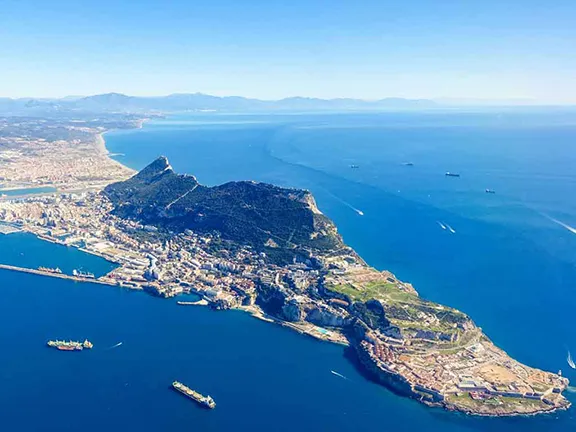 1: Defending Gibraltar in WWII
1: Defending Gibraltar in WWII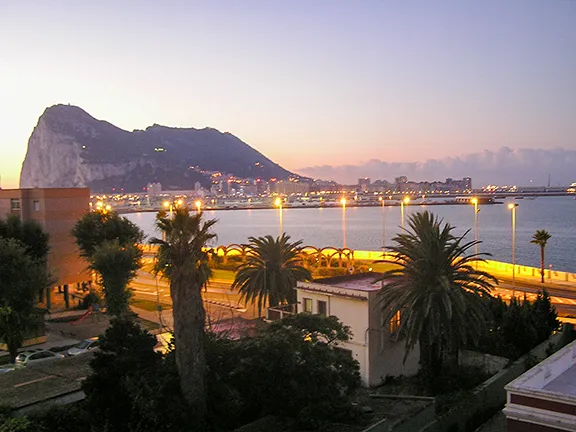 2: Operation Felix - Hitler's Plan to Capture Gibraltar
2: Operation Felix - Hitler's Plan to Capture Gibraltar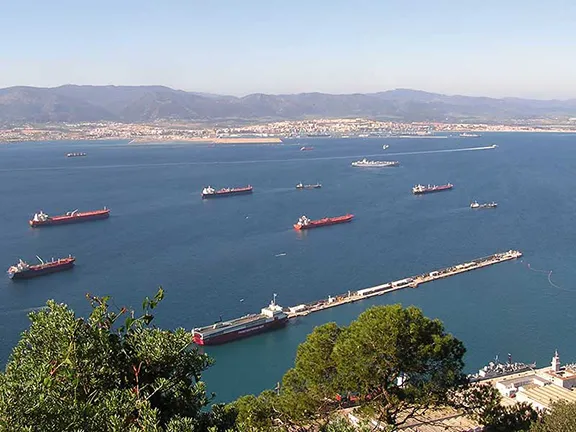 3: Operation Tracer - the Stay Behind Chamber
3: Operation Tracer - the Stay Behind Chamber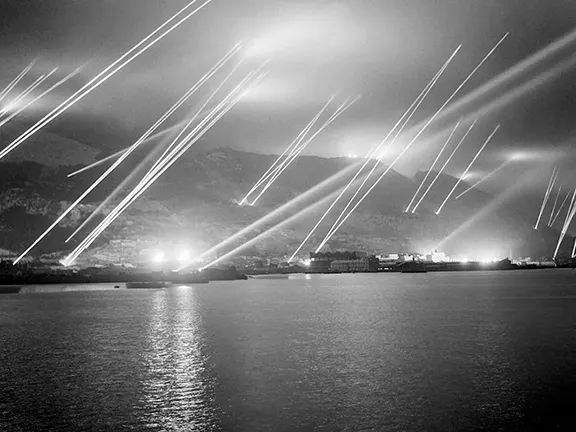 4: The WW II Evacuation of Gibraltar
4: The WW II Evacuation of Gibraltar 5: Gateway to Freedom for Escapers and Evaders
5: Gateway to Freedom for Escapers and Evaders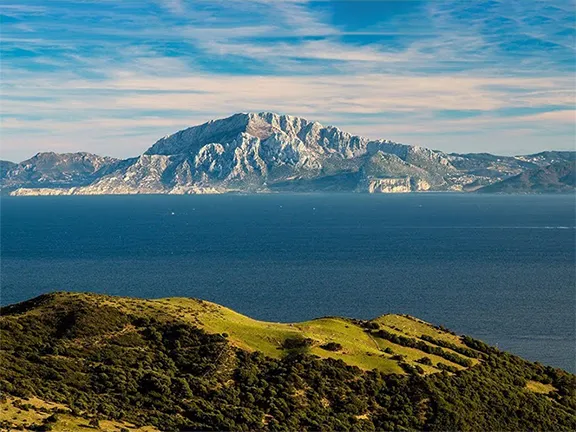 6: Gibraltar's Secret Flotilla during WW II
6: Gibraltar's Secret Flotilla during WW II 7: Covert Missions to France and North Africa
7: Covert Missions to France and North Africa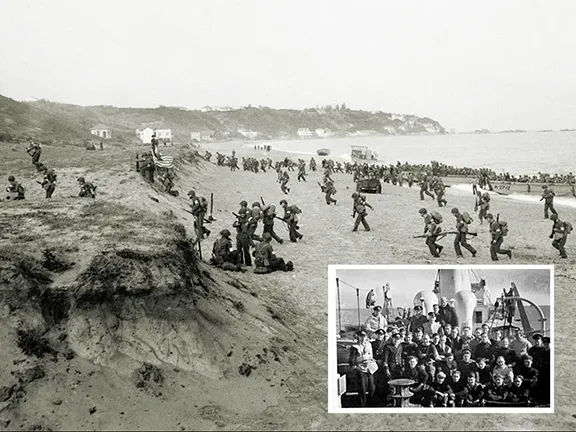 8: Letter from the Front - Personal Recollections
8: Letter from the Front - Personal Recollections 9: Operation Relator - SOE create mayhem in Gib
9: Operation Relator - SOE create mayhem in Gib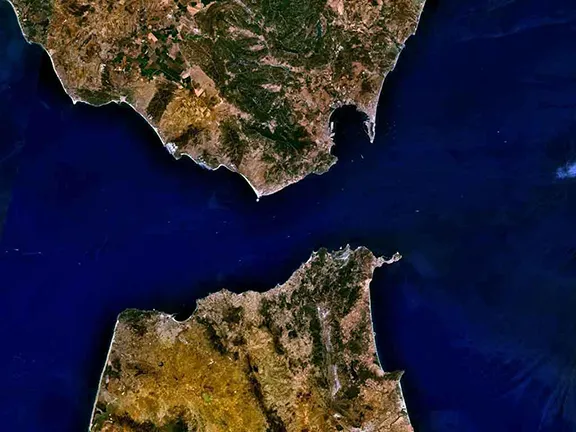 10: Operation Ursa Major - Prelude
10: Operation Ursa Major - Prelude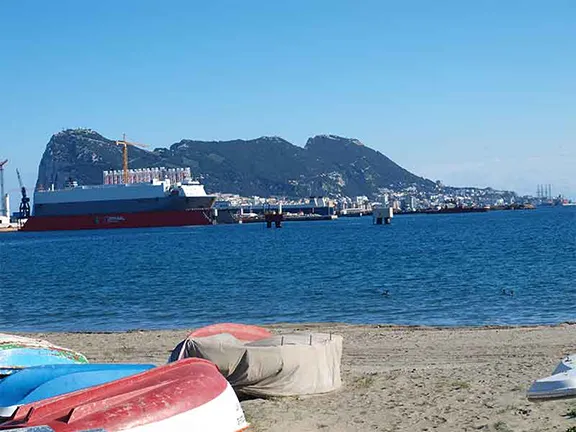 11: Operation Ursa Major - The Olterra
11: Operation Ursa Major - The Olterra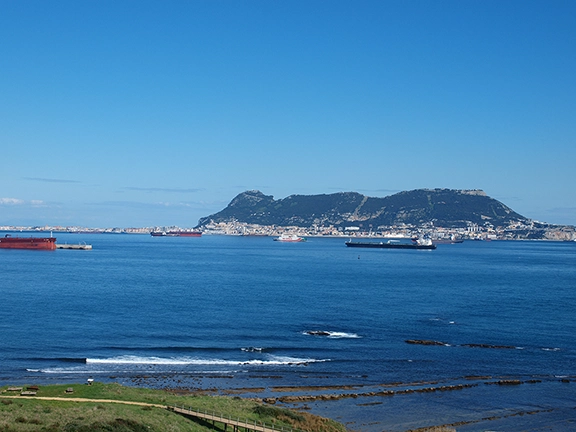 12: Operation Ursa Major - Execution
12: Operation Ursa Major - Execution 13: Operation Falaise - Zap a Nazi Spy Nest
13: Operation Falaise - Zap a Nazi Spy Nest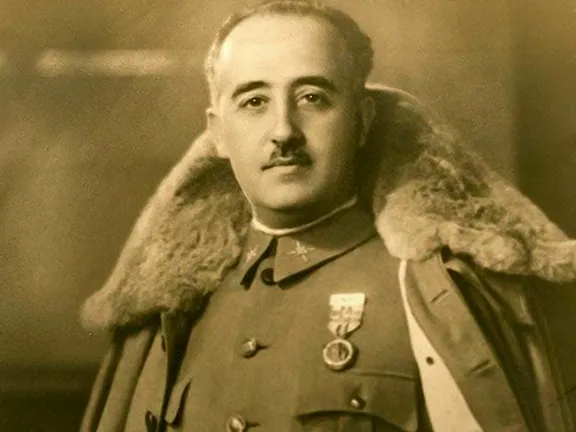 14: UK Policy towards Spain - Spanish Civil War
14: UK Policy towards Spain - Spanish Civil War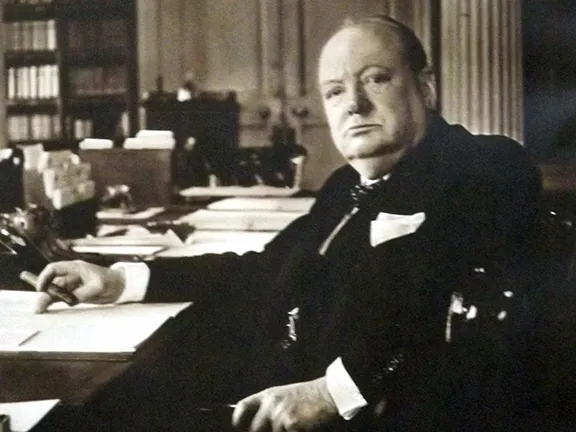 15: UK Policy towards Spain - 1940-1942
15: UK Policy towards Spain - 1940-1942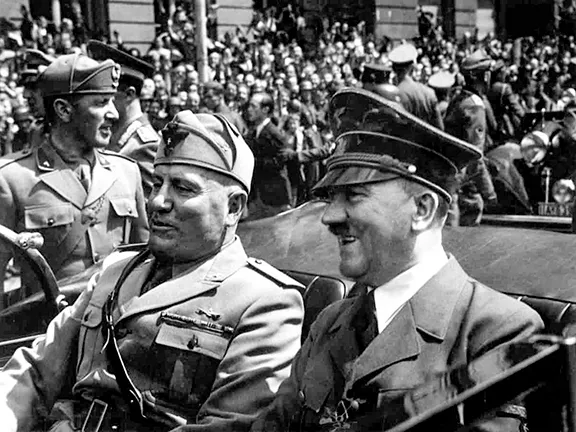 16: UK Policy towards Spain 1942 - 1945
16: UK Policy towards Spain 1942 - 1945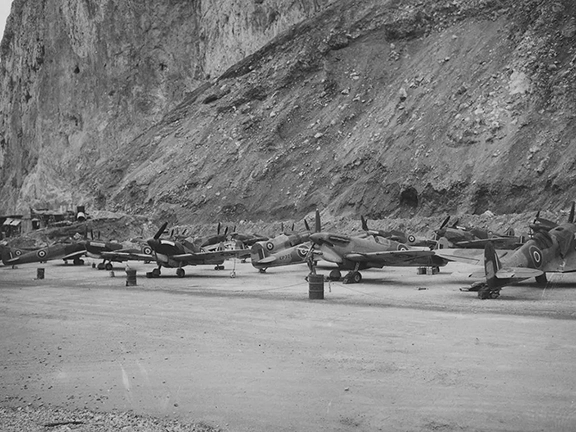 18: Counter Espionage - Gibraltar WWII
18: Counter Espionage - Gibraltar WWII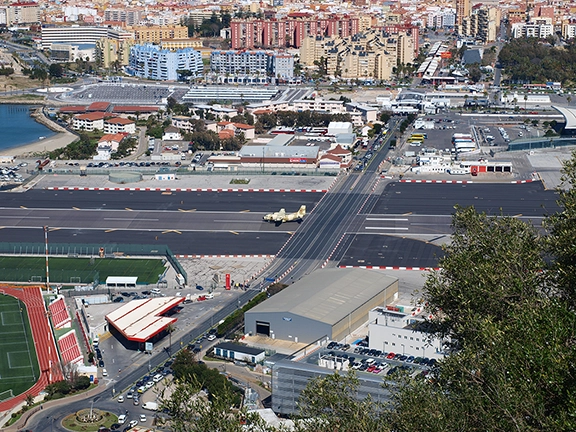 19: Operation Algeciras - 1982
19: Operation Algeciras - 1982